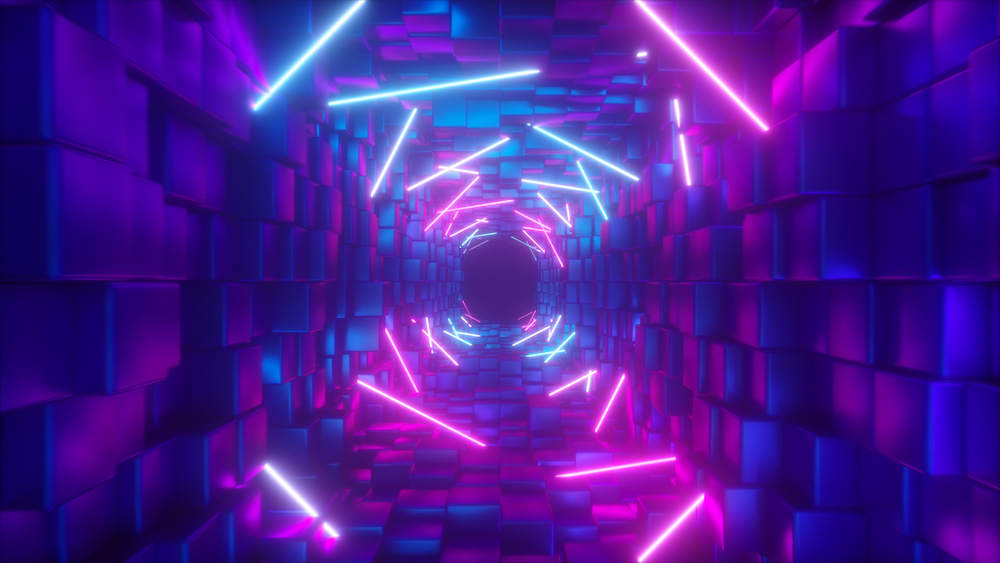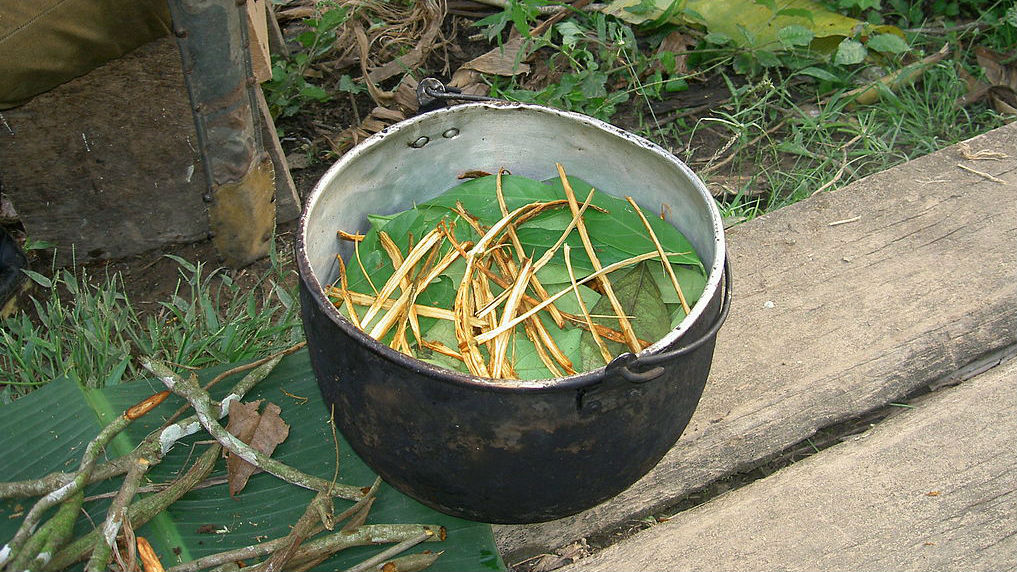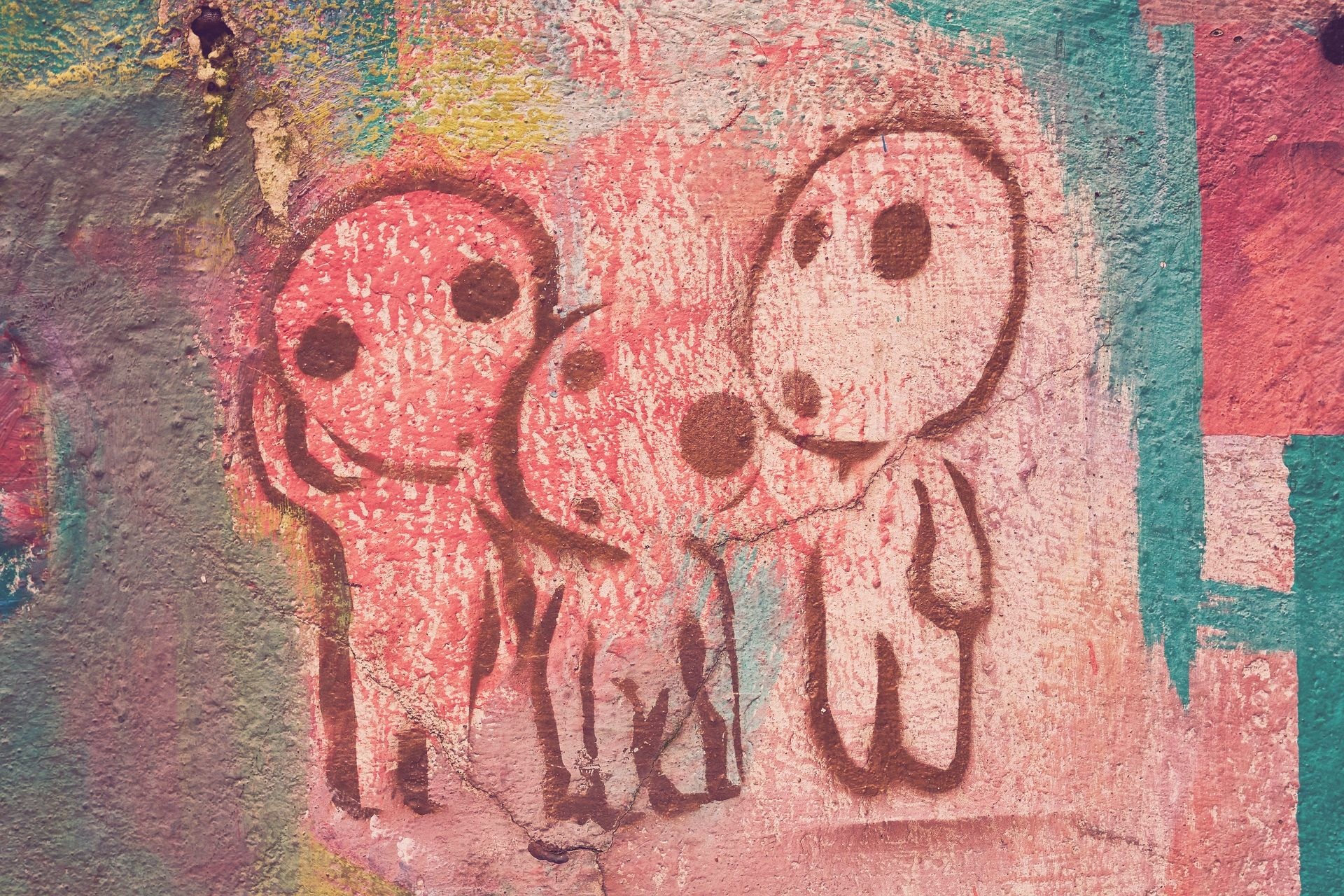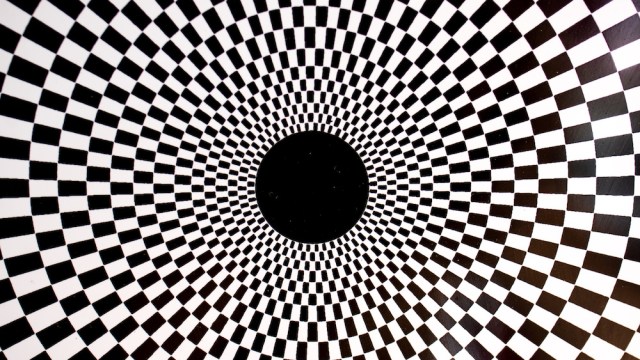DMT: The strongest psychedelic most people have never heard of

- Psychedelic therapy shows promise where other mental health treatments have failed.
- DMT, an incredibly powerful drug, may be particularly useful in conjunction with therapy.
- The use of DMT is still highly experimental and possibly dangerous.
As psychedelic research returns to the mainstream of medical science, several lesser known drugs are being seen as possible therapies for mental illness. One of these is DMT, which is the subject of a slew of new studies about its potential use in treating depression.
What is DMT?
DMT is the common term for N,N–dimethyltryptamine, a powerful psychedelic drug. Its chemical structure is similar to that of serotonin and melatonin, and it is believed to bind to certain serotonin receptors in the brain.
Since the 1960s, scientists have thought that some mammals may produce DMT in their bodies. Its presence in the brains of rodents has been reported, and trace amounts have been found in the human body and cerebrospinal fluid. Exactly what naturally occurring DMT is doing remains a subject of investigation.
Because DMT is also found in a variety of plants, teas containing the drug have been consumed by many native peoples of South America for at least 1,000 years, often for religious purposes. It only received serious scientific attention as a therapeutic drug beginning in the 1950s.
Dr. Stephen Szára, a Hungarian psychologist working in the mid-20th century, was denied access to LSD by the Western companies that then produced it. At the time, LSD was considered a powerful tool with applications in spycraft, so neither communist countries nor their biomedical scientists were allowed access to it. Unable to work with that psychedelic, he turned to DMT as an alternative.
Eventually moving to the U.S., he continued to work with DMT and explored its possible applications as well as those of other psychedelics.
What does DMT do?
Unlike the more famous LSD or psilocybin, DMT trips are often quite short, sometimes lasting as little as five minutes. The short duration is more than made up in its intensity, however, with users reporting extremely vivid hallucinations. Typical doses lead to visions of complex, multicolored geometric patterns, ego death, and altered thought patterns.
DMT has another unique feature: high doses of it can lead to an occurrence called a “breakthrough,” at which point the user no longer perceives themself as being in the same plane of existence. The new location can be truly phantasmagoric, ranging from hyperspace to non-Euclidean realms. These strange places are often populated by even stranger creatures known as “machine elves.”
The machine elves, named by the ethnobotanist Terence McKenna who popularized DMT in certain circles, have been reported by users since Dr. Szára’s experiments. Reports of the elves can vary dramatically, especially in appearance, but users tend to agree that the hallucinated creatures are intelligent and benevolent. The frequency with which these beings are reported may explain the use of DMT as a religious tool for contacting the spirit world. Though some users have speculated if these beings are real, author and psychedelic authority James Kent stresses that they are hallucinations.
Is DMT legal?
Generally speaking, DMT is not legal. The Convention on Psychotropic Substances, an international treaty signed in 1971, bans the drug but not the plants that contain it. Many countries have their own bans on the substance or the plants from which it can be extracted. However, many jurisdictions have exemptions for the use of DMT-containing products (like ayahuasca) by certain religious groups as part of their rituals. Some American cities have recently decriminalized the drug.
What is ayahuasca?
Typically, DMT cannot be consumed orally. It must be smoked or, as is common in medical studies, injected. If it is combined with a monoamine oxidase inhibitor, it can be consumed in tea. Variations of this tea, some including different hallucinogenic substances, are often known as ayahuasca from one of the names given it by indigenous South Americans.
While the production and consumption of ayahuasca go back millennia, it has only recently become popular with Western psychonauts. An entire industry of ayahuasca tourism has formed in South America, focused around northeastern Peru, with more than a few psychedelic tourists and celebrities shelling out for a chance to drink the tea in a ritual setting.
By all accounts, a trip on ayahuasca is similar to a DMT trip but with a much longer duration. It also prominently features the purging of the contents of the participants’ stomach and bowels. Some practitioners consider this part of the purification process. However, tourists looking for an “authentic” experience may be getting high on hype.
Can DMT be used as medicine?
Current studies focus on how the drug works in the brain and how it might be used to treat mental illness. As Dr. Carol Routledge of Small Pharma explained to Freethink, the extreme effects of this drug might be exactly what some patients need, especially when more common drugs like SSRIs have failed:
“A lot of the mental health disorders like depression, like post-traumatic stress disorder, even OCD, have this real negative cycling thought process which leads to ingrained neuronal processes. And it’s almost impossible to get out of those, and I think that’s why SSRIs don’t really even attempt to do that. What psychedelics do is they break that pathway, they break those neuronal connections, and then they increase neuronal connectivity and synaptic connectivity.”
Early reports from Small Pharma suggest that DMT, in conjunction with therapy, can be used to help break away from undesired behavioral patterns. Other studies also suggest that it could prove useful in helping with depression and anxiety. Dr. Routledge suggests that the stimulated connectivity among neurons allows the brain to “reset.” As a result, these conditions can be more effectively treated. There is also discussion about how the mystical experiences triggered by the drug might help those with mental health problems to examine the root causes.
Whatever the outcome of this research, definitely don’t try this at home. At least a dozen tourist deaths have been associated with the consumption of improperly brewed ayahuasca. These poor souls have permanently relocated to a different plane of existence.
This article was originally published in July 2021. It was updated in March 2022.





